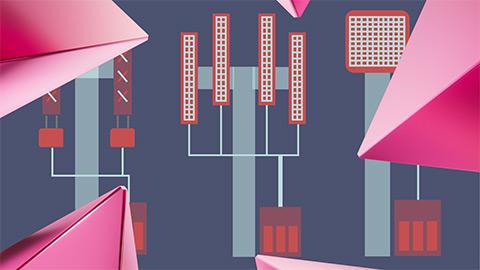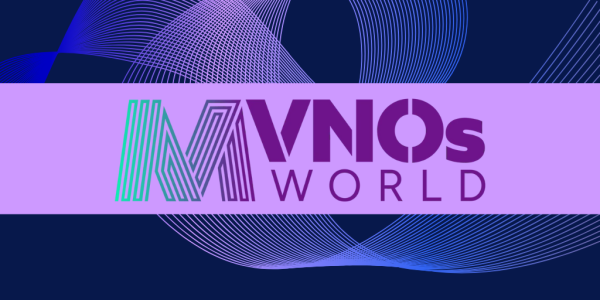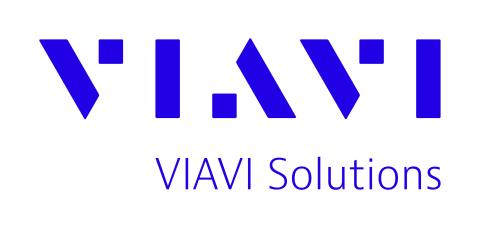
Core networks are critical infrastructure and new digital technologies and trends have the potential to disrupt and transform, ensuring capabilities, resilience and performance can meet emerging and future needs
A core network—also called a backbone network—is a conduit designed to transfer network traffic at high speed. As the name suggests, it is the central element of a network and provides telecom services to customers who are connected by an access network.
It connects primary nodes and provides paths for the exchange of information between different sub-networks (for example, local access networks (LANs) and wide-access networks (WANs).

Ensuring we have a scalable, secure and flexible core network is crucial and I’m excited to be working with industry, academia and government to realise the full potential of what the core network can deliver whilst creating new opportunities for innovation and investment in the UK as well as defining the standards ensuring supply chain diversity and commercialisation.”
NEIL MCRAE
- Disaggregated service architectures
- Open APIs
- Open networking
- Policy and regulation
MVNOs WORLD 2025
It was incredible to welcome both familiar faces and new connections from 55+ countries across 6 continents, with 500+ attendees coming together, including 300+ MNOs & MVNOs, to exchange ideas, discuss challenges, and explore the future of MVN










